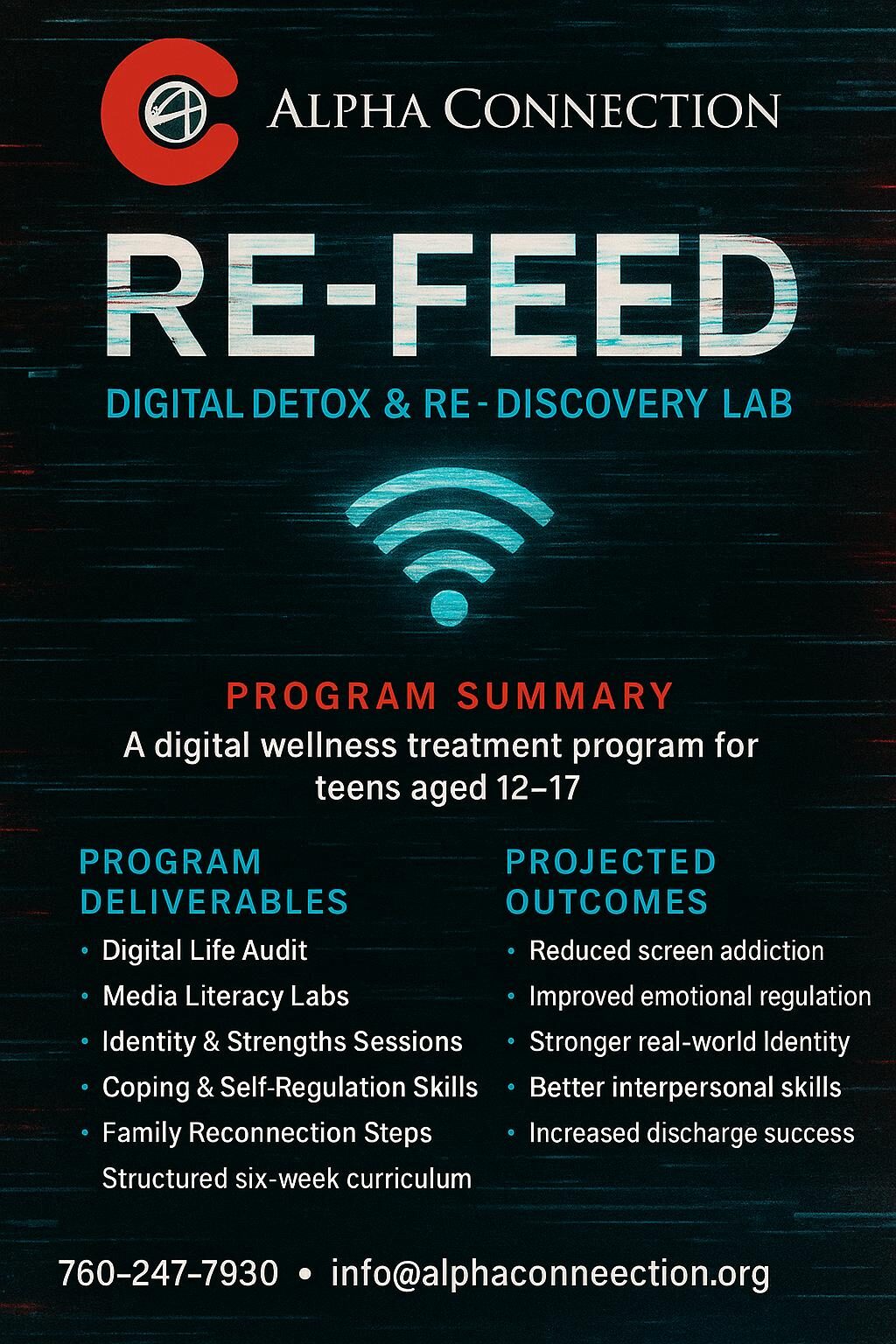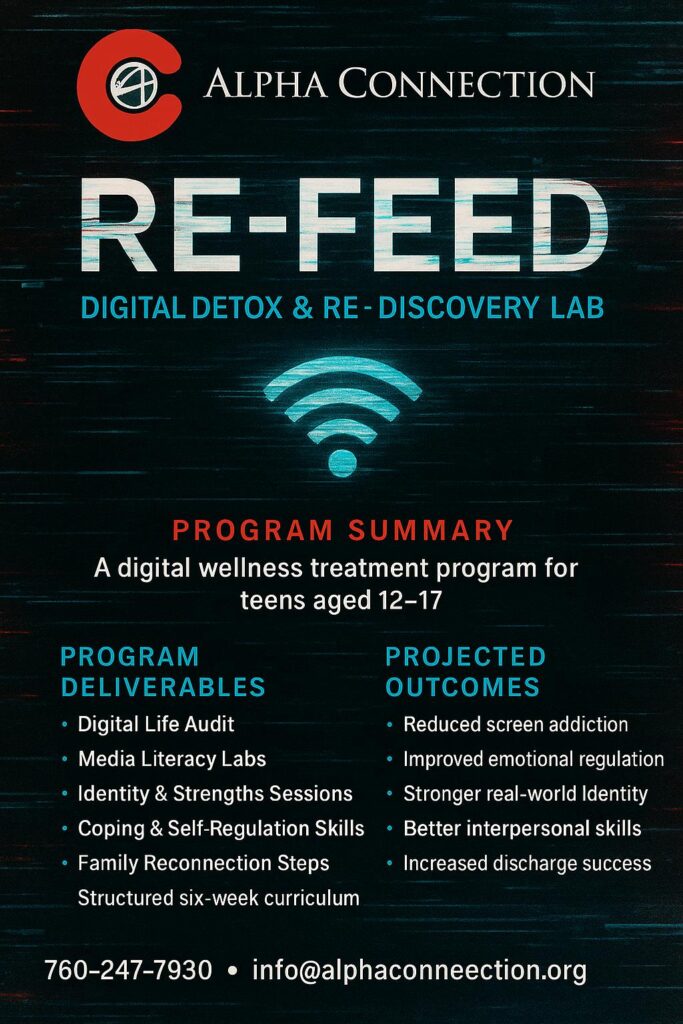Navigating the Holiday Season with Compassion and Understanding
As the holiday season approaches—a time often filled with family traditions, celebration, and togetherness—we at Alpha Connection Youth & Family Services in Apple Valley, CA recognize that this period can be especially difficult for many of the young people we serve. For foster youth, the holidays can stir feelings of loneliness, loss, and uncertainty, particularly when family connections are strained, absent, or complicated.
During these moments, our staff steps into a role that goes far beyond daily care. They become trusted mentors, steady supports, and compassionate listeners. We understand that while the world around them is filled with festive lights and cheerful gatherings, some of our youth are quietly navigating emotions that are far more complex.
Understanding the Holiday Blues
At Alpha Connection, we openly acknowledge the reality of the “holiday blues”—a sense of sadness, isolation, or emotional heaviness that often surfaces during this time of year. Our trained team is skilled at recognizing these feelings and responding with sensitivity and care. We take intentional steps to ensure every young person feels seen, heard, and validated.
Creating a Safe and Supportive Space
Empathy is at the heart of everything we do. During the holidays, we focus on creating a safe, nurturing environment where youth can openly express their feelings without fear of judgment. Through thoughtful conversations, supportive activities, and consistent routines, we help them understand that it’s okay to experience the holidays differently—and that their emotions matter.
Building New, Meaningful Traditions
While honoring each child’s individual experience, we also work to create new, positive memories. Our staff organizes inclusive holiday activities centered on connection, kindness, and shared experiences. These moments help foster a sense of belonging and community, reminding our youth that they are not alone and that they are valued members of something bigger.
Support That Lasts Beyond the Season
Our commitment doesn’t end when the holidays are over. Alpha Connection provides ongoing emotional support, counseling, and programs designed to help youth process their experiences year-round. We remain focused on building resilience, stability, and hope—long after the decorations come down.
How the Community Can Help
We invite our community to stand with us in supporting foster youth during the holidays and throughout the year. Whether through volunteering, donating, or spreading awareness, your involvement helps create a more compassionate and supportive environment for these young individuals.
This holiday season, let us remember the impact of empathy, understanding, and human connection. Together, we can ensure that every child at Alpha Connection feels supported, valued, and part of a caring community—one that extends far beyond traditional definitions of family.














